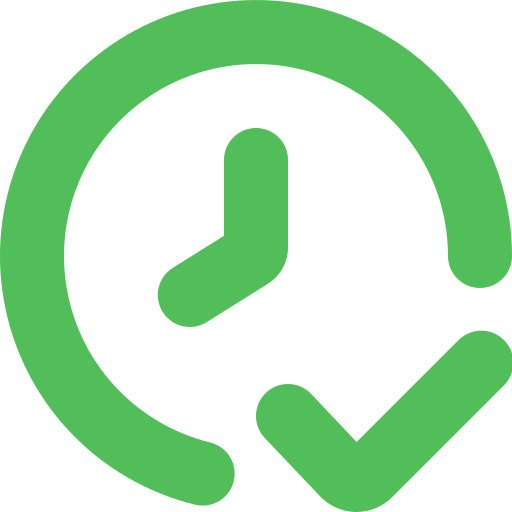When we think of centralized middle-men with big industrial profit margins profiting from content creators, we remember the music industry. When we think of censorship by a central authority, social media comes to mind. When we think of self-custody, we might remember our money sitting in the bank. Thankfully, all of these issues can find solutions using blockchain technology. What we rarely think about though, is scientific content that is ultra-centralized, censorship-prone, and held by a custodian.
Big journals are to scientific articles what banks are to money. You can technically profit from your scientific articles or keep them in your custody, but you wouldn't, because there is no infrastructure that allows those things.
PubWeave is a full-stack decentralized peer-review academic ecosystem that wants the content creator (author writing scientific articles) to retain ownership from their work and make it freely accessible to the public as should be.
This project might sound similar to our OpenScience NFT Marketplace, which was funded in Funds 6 and 7, but is very different in reality. In a nutshell, the osNFT marketplace would allow the author to associate an NFT to their peer-reviewed academic article, but would be completely separate from the whole process of reviewing a scientific paper, editing it or publishing it to a journal.
PubWeave wants to do just that.
To those unfamiliar with the process: publishing a peer-reviewed scientific article always costs money, either to publish in open-access (3000+ $) or to read (rent for 10-20$ per paper or ~30$ to buy). Profit margins from academic journals can go up to 40% for research that was <u>funded by public money</u>. What is more striking is this sentence from an article that did "A Strategic Analysis of the Academic Journal Publishing Industry": "two of the most important inputs to the production of a journal – the articles themselves and editorial review – are provided virtually free of charge to the publishers". The argument here is that journals provide value mainly through editing and publishing.
A simple 'cut-the-middleman' scenario here would automatically reduce around 40% of the cost, if not more, due to unnecessary administrative work. Moreover, if you include some strategic smart-contract enabled game theory design, we might reduce the costs to 0. How is this possible?
Offsetting the costs of editing and publishing would be possible under 3 scenarios:
- Grants.
- A pay-per-view model.
- A treasury.
Using grants to achieve our goal of free open publishing might help at first, but the system needs to be self-sufficient.
A pay-per-view model would theoretically work, as the reader would only pay a very small amount to interact with the paper, but might be complicated in practice, and people might not like the idea enough to try and install a wallet that would get siphoned as they scroll through the website.
A treasury would be the way to go. It could be filled in 2 ways:
- A model where the 'rich' labs pay a premium and the 'poorer' labs get an exemption.
- An external system linked to the treasury that fills it automatically.
The first strategy is sometimes used by open access academic journals, such as PLOS, and is not a bad idea to default to if the second strategy fails.
The second strategy is where the game theory comes into play. We mentioned before our OpenScience NFT Marketplace. This marketplace would be connected to PubWeave's treasury and each trade would generate a trade fee going straight to the treasury. The more the marketplace is used, the faster the treasury is filled. How do we ensure that the marketplace will create enough revenues to fill the treasury? By incentivizing token holders. If we set a rule where token holders of PubWeave would receive dividends if and only if the treasury has a certain amount inside it, then PubWeave's token holders would become incentivized to work towards filling the treasury as fast as possible, thus ensuring that the open science process continues to operate smoothly. A DAO, which we call PanDAO, would contain the necessary elements for a successful governance of this system.
PubWeave's UI is being built on Arweave, a decentralized data solution network. Our MVP will authenticates users using the Finnie wallet and has an upload function to Arweave and a simple gallery view which can be found here: <https://github.com/Intellart/pubweave-auth>.
An academic portal for peer-review publishing is not new, but a decentralized, permissionless and censorship-resistant portal of this kind is. Building this system would arguably be a great catalyst for helping establish Cardano as the blockchain of choice for building world-changing applications. It would undeniably help onboard new people to Cardano who would have much to offer, as they would be mostly academics or science-inclined at the very least.
For a project this size, the main challenge is being able to deliver, frankly. The scope is big and the plan is ambitious, but the growth we have seen over the past few months and the support from both the Cardano and Arweave communities is very encouraging. As you can see from this proposal, many parts of PubWeave require heavy infrastructure, which is partly why we are spreading our projects out into many different categories: PanDAO, OpenScience Marketplace and PubWeave (see final section for more details). Each of these projects stands on its own, but together they create the final vision we have for our ecosystem. We like to view it as a big puzzle which gets constructed one part at a time.
In the unfortunate event that any of those projects fails for any reason, it would not take away anything from the others. Those projects were designed to be complimentary but independent. But to us, the various collaborations we have had and continue to have and the trust of the Cardano community are an indication that we are on the right track.

